Argentinian Gaucho - History and Culture
2025/08/24
Years of Culture
false
2025/08/24
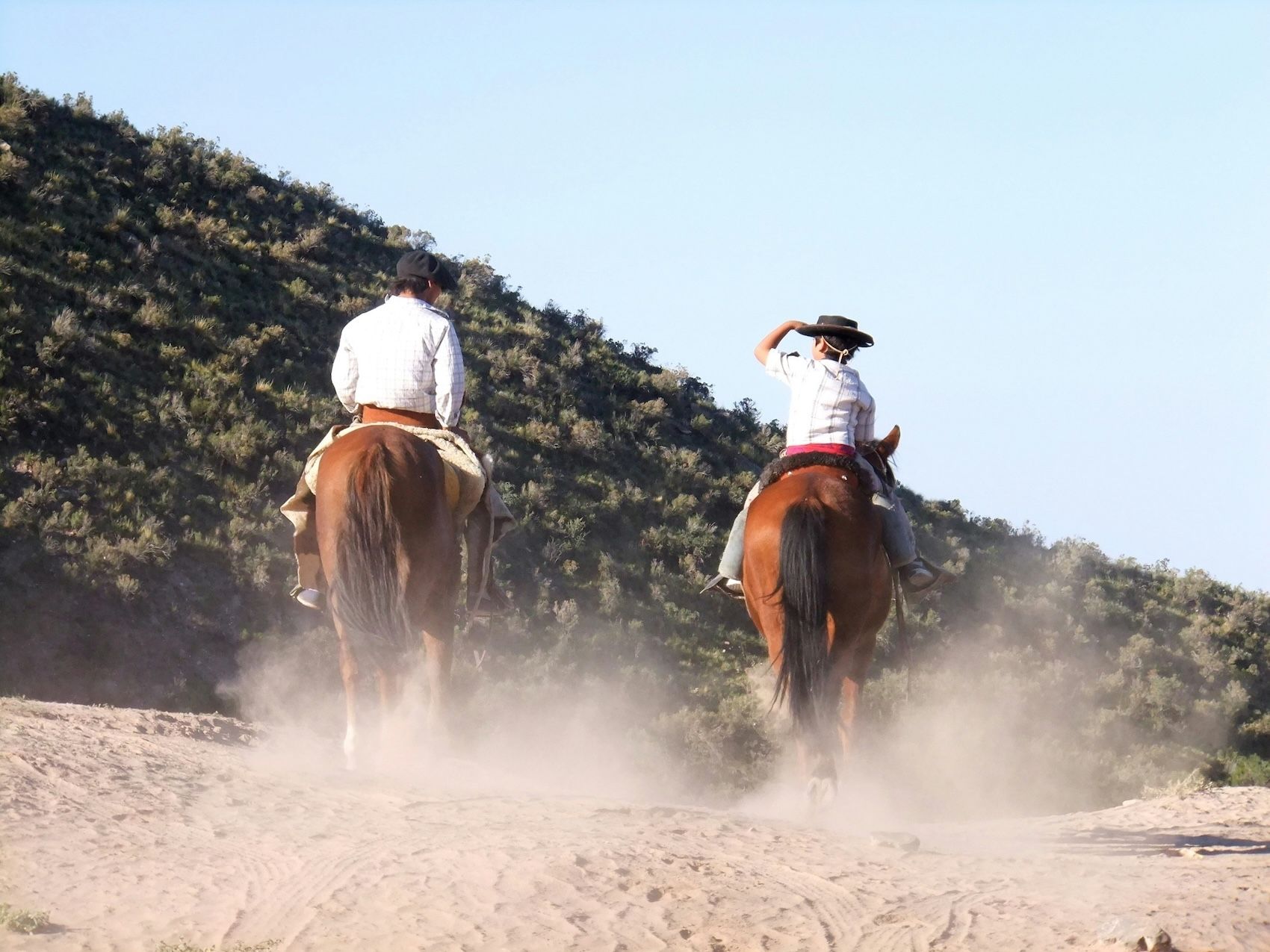
From their distinctive attire and deep-rooted traditions to their integral role in shaping Argentina's history, gauchos have become powerful national symbols.
But what are gauchos, and what do they represent today? In this comprehensive guide, we’ll explore the history of gauchos and their unique lifestyle.
The term “gaucho argentino” refers to a nomadic horseman of the South American Pampas, particularly Argentina. While similar to the American cowboy in some respects, gauchos have their own individual roots and practices.
Typically associated with cattle herding, rural independence, and a deep connection to the land, gauchos are emblematic of Argentinian identity. The image of the gaucho in Argentina has become a symbol of national pride, resistance and freedom.
Historically, gauchos can be traced back to the mid 18th and 19th centuries in the vast Pampas (grasslands) of Argentina, Uruguay, and southern Brazil. They were often of mixed European and Indigenous descent and lived semi-nomadic lives as cowhands, hunting wild cattle and living off the land. These early nomads developed expert horsemanship and crafted a culture rooted deeply in survival and self-reliance.

The Gauchos’ Role in Argentina’s Independence
During Argentina's War of Independence (1810–1818), gauchos in Argentina played a pivotal role. Perhaps the most celebrated figure is Martín Miguel de Güemes, a military leader known as “Héroe Gaucho” (Gaucho Hero), who commanded a guerrilla army. Their knowledge of the terrain, combat skills, and equestrian abilities made them invaluable fighters against Spanish forces in the lead up to Argentinian independence.
By the late 19th century, as Argentina modernised, gauchos were romanticised in literature and folklore, popularising the literatura gauchesca genre. The epic poem El Gaucho Martín Fierro (1872) by José Hernández immortalised the gaucho as a freedom-loving rebel, alongside the 1926 novel Don Segundo Sombra by Ricardo Güiraldes. Today, the gaucho remains a powerful icon of independence, resilience, and national identity.
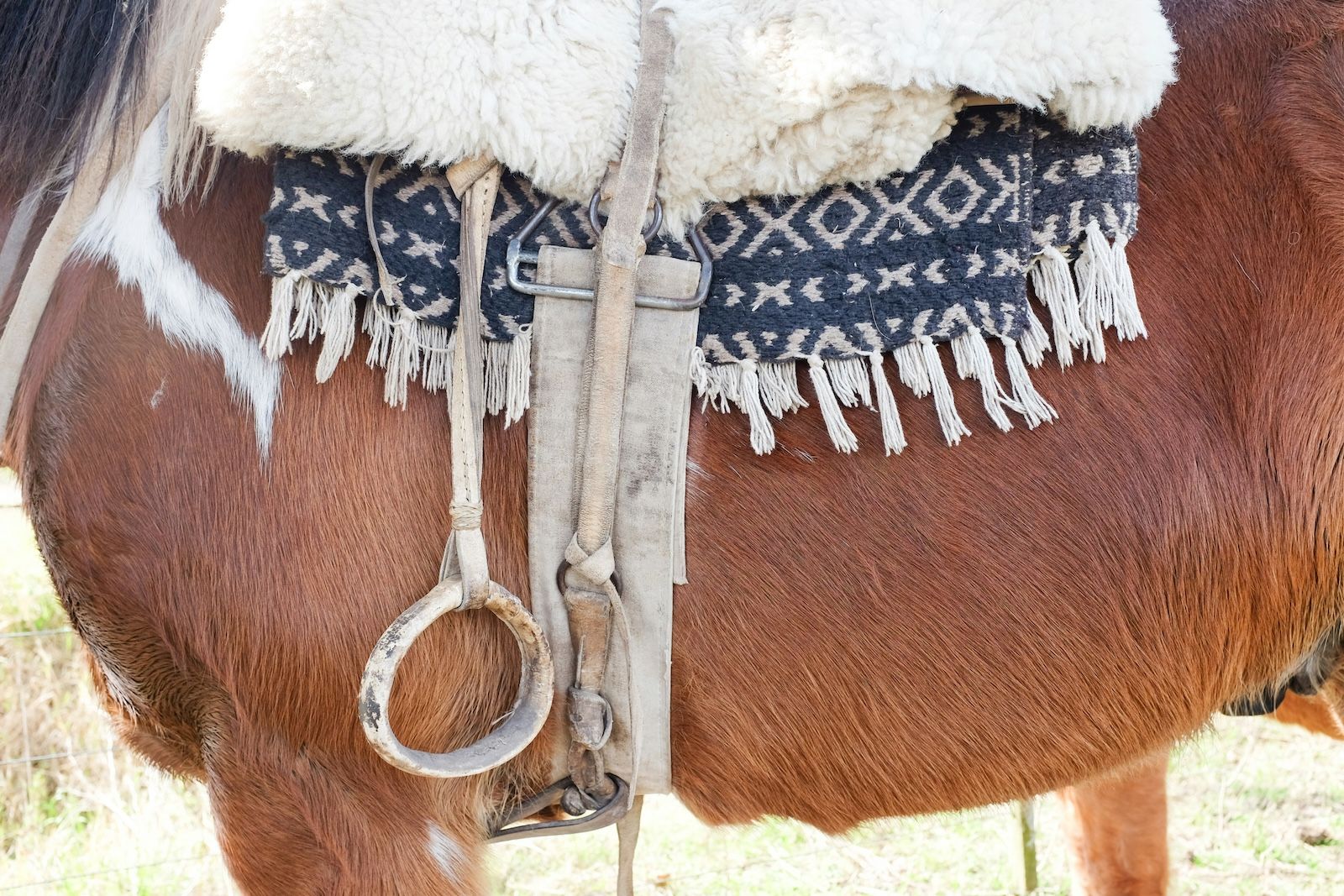
Yes, there are still gauchos in Argentina, especially in provinces like La Pampa, Salta, and Corrientes. While many no longer live a fully nomadic life of roaming the vast plains, hunting wild cattle and horses, their role has evolved rather than disappeared.
As much of the land was incorporated into estancias (estates) during the late 19th century, many gauchos became professional cattle hands and farmworkers. Today, their customs, attire, and values persist and they remain integral to Argentina’s rural economy. Gaucho festivals, rodeos, and riding competitions continue to celebrate this enduring culture.
Gaucho culture encompasses a lifestyle that values freedom, connection to nature, and a strong sense of community. Music and dance are integral parts of their heritage.
Gauchos are known for their payadas, a poetic musical tradition where two performers engage in lyrical duels using improvised verses, often accompanied by guitars. These performances reflect not only entertainment but also oral history, wisdom, and social commentary.

The malambo, a solo dance usually performed by men, is another pillar of gaucho heritage. Dancers use zapateo, a rapid, rhythmic foot-stomping that mimics the rhythm of a galloping horse. The performance is often competitive, with each dancer striving to outperform the last. Festivals such as Día de la Tradición (Tradition Day, on 10th November) and Fiesta Nacional del Gaucho help to keep these customs alive.
The gaucho outfit is a distinctive blend of functionality and tradition, which evolved out of necessity to match their rugged, outdoorsy lifestyle.
Perhaps one of the most recognisable elements of an Argentinian gaucho outfit, La Boina is a round beret-style hat. Usually made from cotton or wool, the flat design shields from sun and wind while adding a touch of understated elegance.
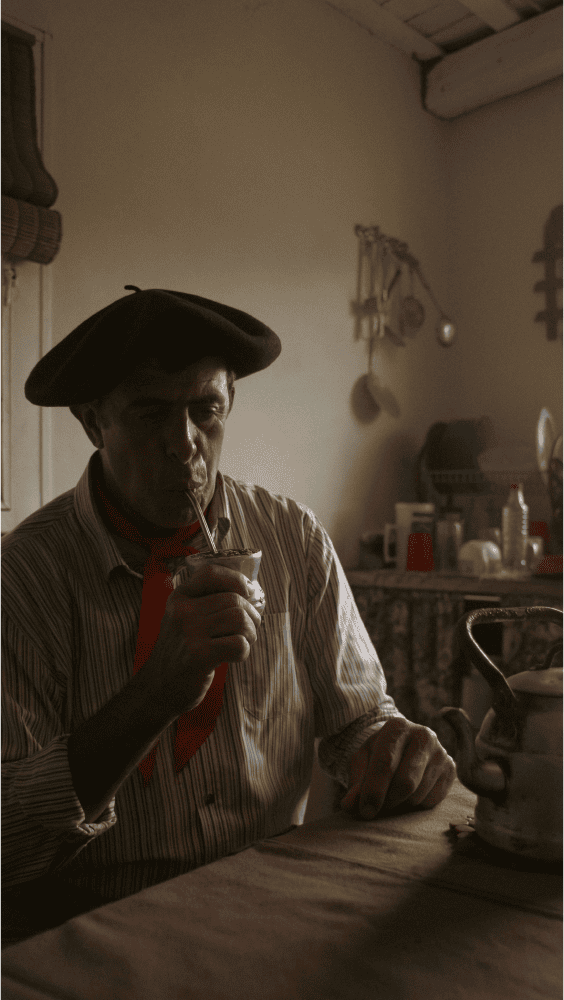
Worn across the shoulders, the gaucho’s poncho offers warmth and protection against harsh weather. The design can be simple or woven with ornate patterns that reflect different regional cultural identities. The poncho’s shape makes it adaptable for various practical uses, from a blanket or saddlebag to a form of protection in a duel.
Bombachas are wide, loose-fitting trousers, gathered at the ankles to allow ease of movement during horse riding. Made of durable cotton or canvas, they are usually worn with a wide belt.
Gauchos’ belts serve both practical and decorative purposes. The Faja is a cloth sash worn tightly around the waist. The Rastra is a wide leather belt adorned with silver coins or decorations. The Tirador, a utilitarian belt, often doubles as a tool holder.
Botas de Potro are comfortable leather boots originally crafted from horsehide. They are soft, flexible and ideal for riding for long periods of time, often paired with spurs.
Gauchos were historically hunters and fighters, and their unique tools reflect their multifaceted abilities.
The Lazo, or lasso, is another tool used with precision and expertise to catch often moving cattle. It’s a symbol of the gaucho’s impressive ability in herding livestock.
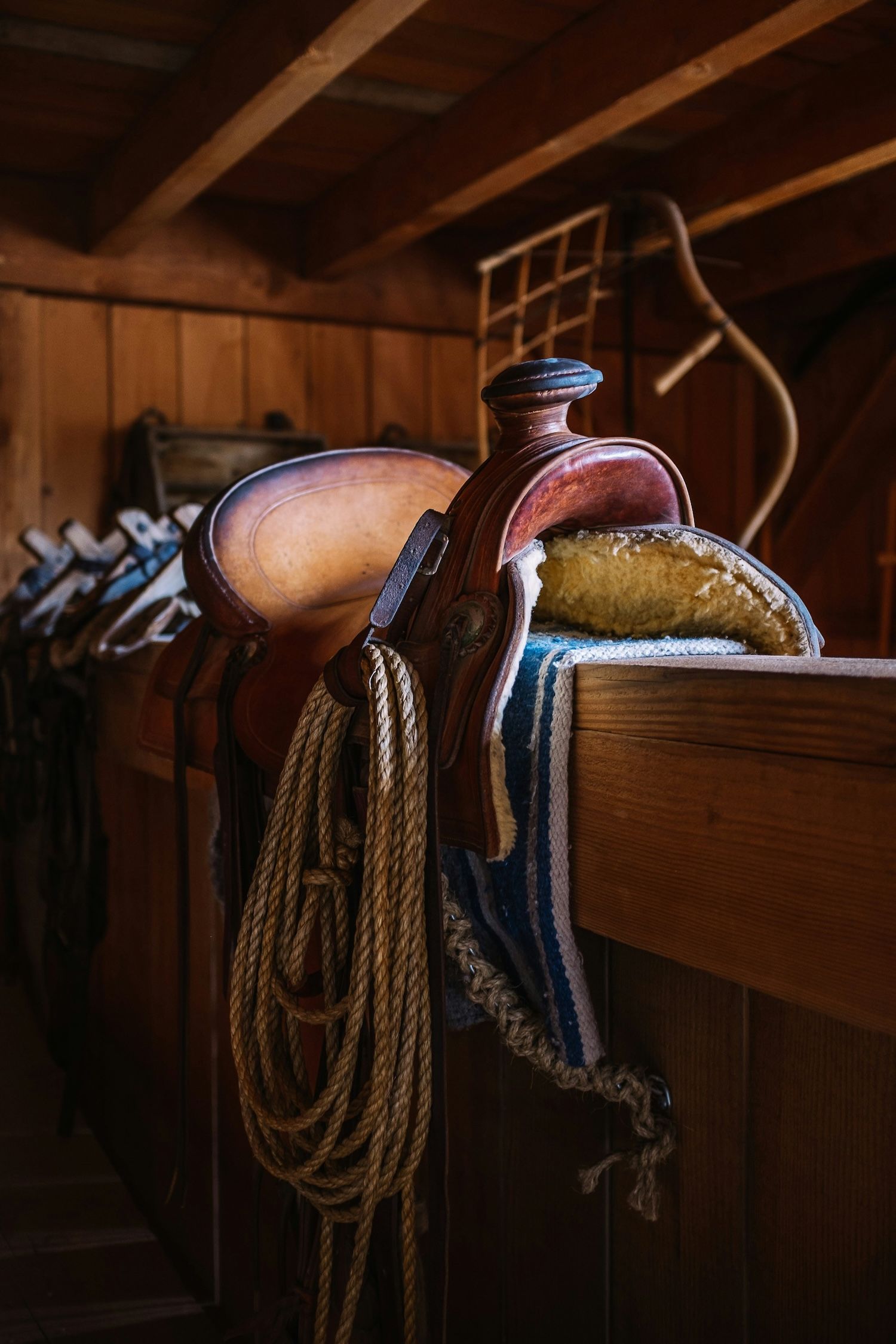
The Facón is a long, single-edged knife carried for both utility and self-defence. The Daga, shorter and more decorative, is also widely used.
Bolas (or Boladoras) are throwing weapons made of weighted balls connected by cords. They are expertly used by gauchos to entangle the legs of running animals during hunting.
The Rebenque (a short crop) and Talero (a longer whip) are not used aggressively, but rather as subtle instruments for communication with the horse. Through precise movements, they guide speed, direction, and rhythm. They are often adorned with silver accents, making them ceremonial objects as much as tools.
Gaucho cuisine is rustic and hearty, built around fire-cooked meats and minimal ingredients, reflecting their resourceful lifestyle.
The Parrilla (grill) is the heart of gaucho cooking. Asado (a barbecue of various cuts of meat, often including ribs, sausages, and offal) is seasoned with coarse salt and cooked slowly over wood embers. More than a meal, asado is a social ritual. Friends and family gather around the fire, storytelling and playing guitar.
Empanadas are hand-sized pastries, generally filled with spiced minced beef, onions, and sometimes olives or boiled eggs. Cooked in clay ovens or over open fires, they were ideal for transporting on long rides. Each region, and even each family, has its own variation.

Mate is not just a herbal infusion, but a social practice deeply woven into daily life. Brewed from yerba mate leaves in a hollow gourd and sipped through a metal straw (bombilla), it’s shared in a communal circle as a sign of trust and hospitality. Drinking mate strengthens ties and is accompanied by long conversations or quiet reflection by the fire.
A thick and nourishing stew, locro combines white corn, beans, potatoes, squash, and slow-cooked meats. It is especially popular during patriotic celebrations, such as Argentina’s Independence Day, and was likely adopted and adapted by gauchos to fuel long days of hard work in the fields.
Known as the quintessential Argentinian street food, choripán is a sandwich made of grilled chorizo and crusty bread. Often topped with chimichurri sauce, it’s quick to prepare and easy to eat while working or travelling.
The gauchos’ ability to manage vast herds over expansive terrain is legendary and forms the cornerstone of their cultural identity. From dawn until dusk, they ride across the open Pampas, guiding cattle with precision and care, often relying solely on their deep understanding of animal behaviour and familiarity with the wild landscapes.
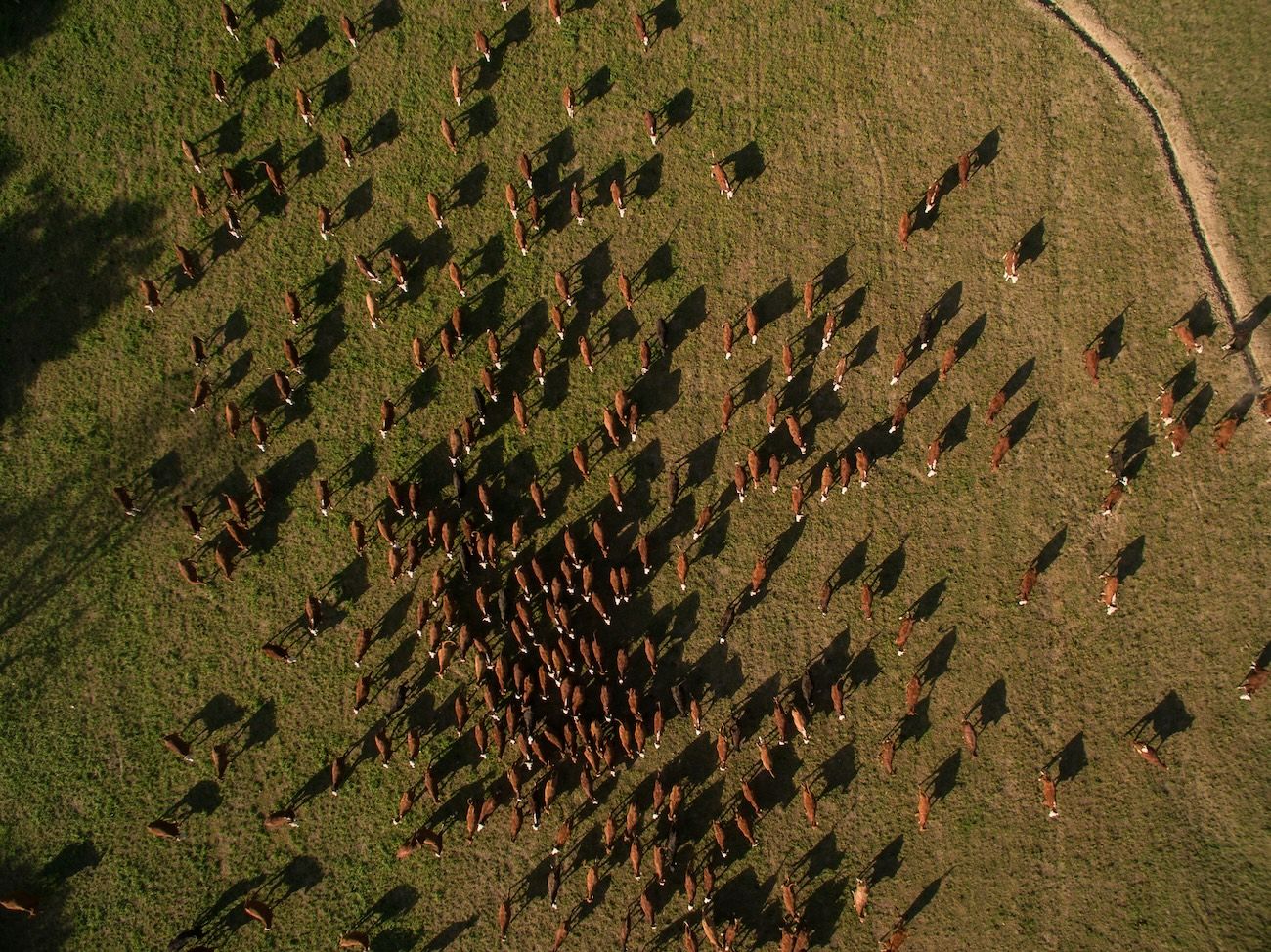
Ancient methods, such as using the lazo and whistles, are still employed alongside modern tools. Herding requires endurance, intuition, and a strong, unspoken bond between the gaucho and their horse.
Gauchos are also skilled artisans, crafting silver accessories, leather goods, and more. Saddlery, in particular, is a revered craft, with hand-tooled leather saddles often embellished with silver details and intricate stitching.
They also produce ornate belt buckles, knife sheaths, and stirrups, often using repujado (embossing) techniques on silver. Many gaucho families pass down their crafting skills, ensuring that each generation maintains a tangible link to its heritage through these artisanal expressions.
Horsemanship is perhaps the most defining gaucho talent. They are expert riders, known for their ability to ride with minimal use of reins, instead relying on subtle body movements and voice commands.
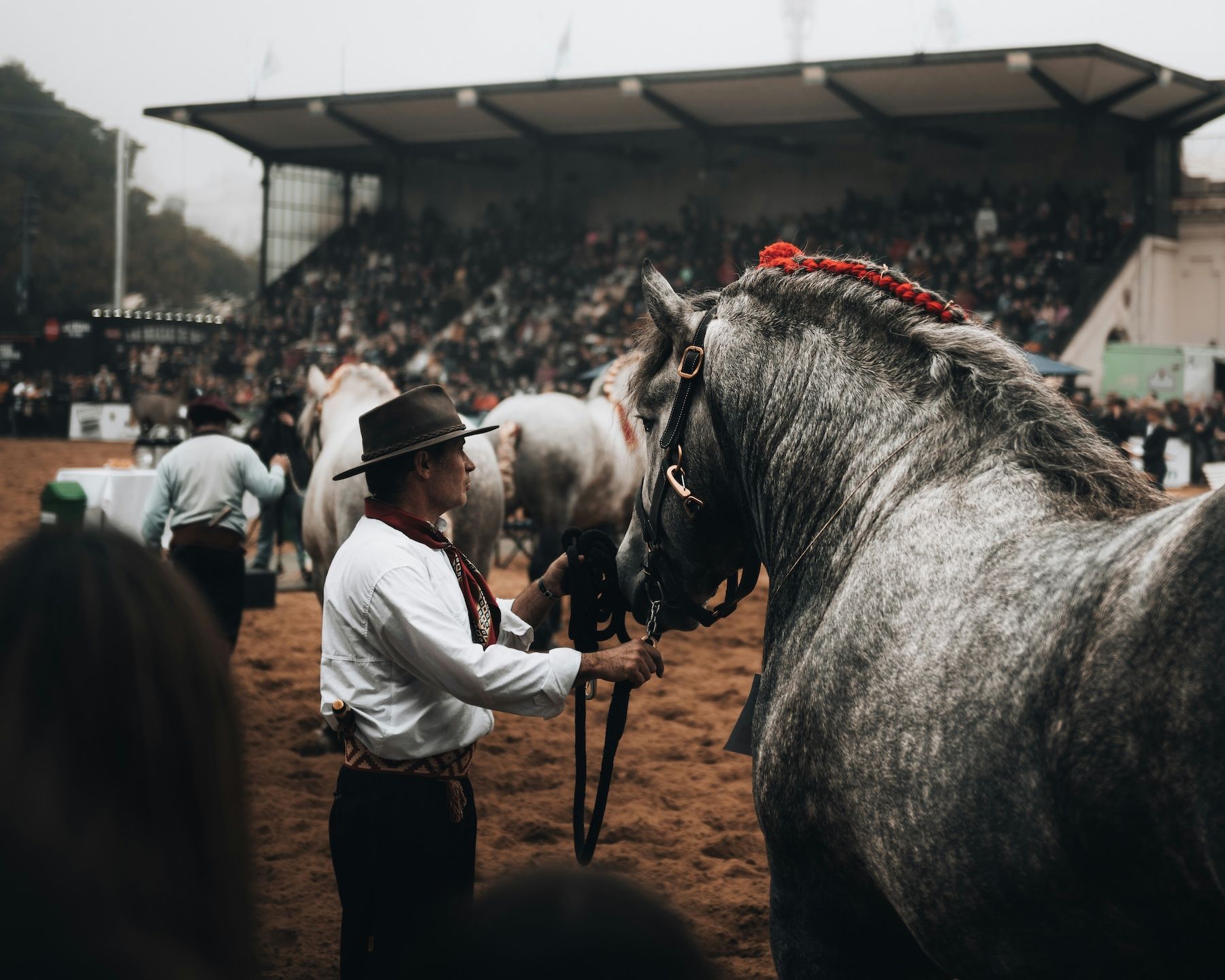
Their participation in jineteadas (a form of rodeo) is a testament to this mastery. In these competitions, riders must stay on wild or semi-wild horses for as long as possible. These events are often attended by thousands and often accompanied by folk music, crafts, and local cuisine.
While gauchos and Bedouins may seem worlds apart, they share profound cultural parallels. Both embody resilience, nomadic lifestyles, a deep connection to the land, and an unbreakable bond with horses.
In both Argentina and Qatar, horses are symbols of freedom and status. Today, Qatar honours its equestrian legacythrough elite horse breeding programmes, prestigious races, and cultural festivals that celebrate the Arabian horse as a national treasure.
Despite their different settings, both cultures regard the relationship between human and horse as sacred. Whether galloping across the Pampas or navigating desert dunes, the spirit of the rider and horse remains a powerful symbol of heritage and national pride in both Argentina and Qatar. These shared values and traditions are a key focus of the Qatar, Argentina and Chile 2025 Year of Culture, highlighting the deep connections between these nations.
From their crucial role in Argentina’s independence to their enduring presence in national identity, Argentinian gauchosremain a potent symbol of resilience, freedom, and cultural pride. Far from relics of the past, gauchos represent a living tradition - one that is both adapting and thriving in the modern world.
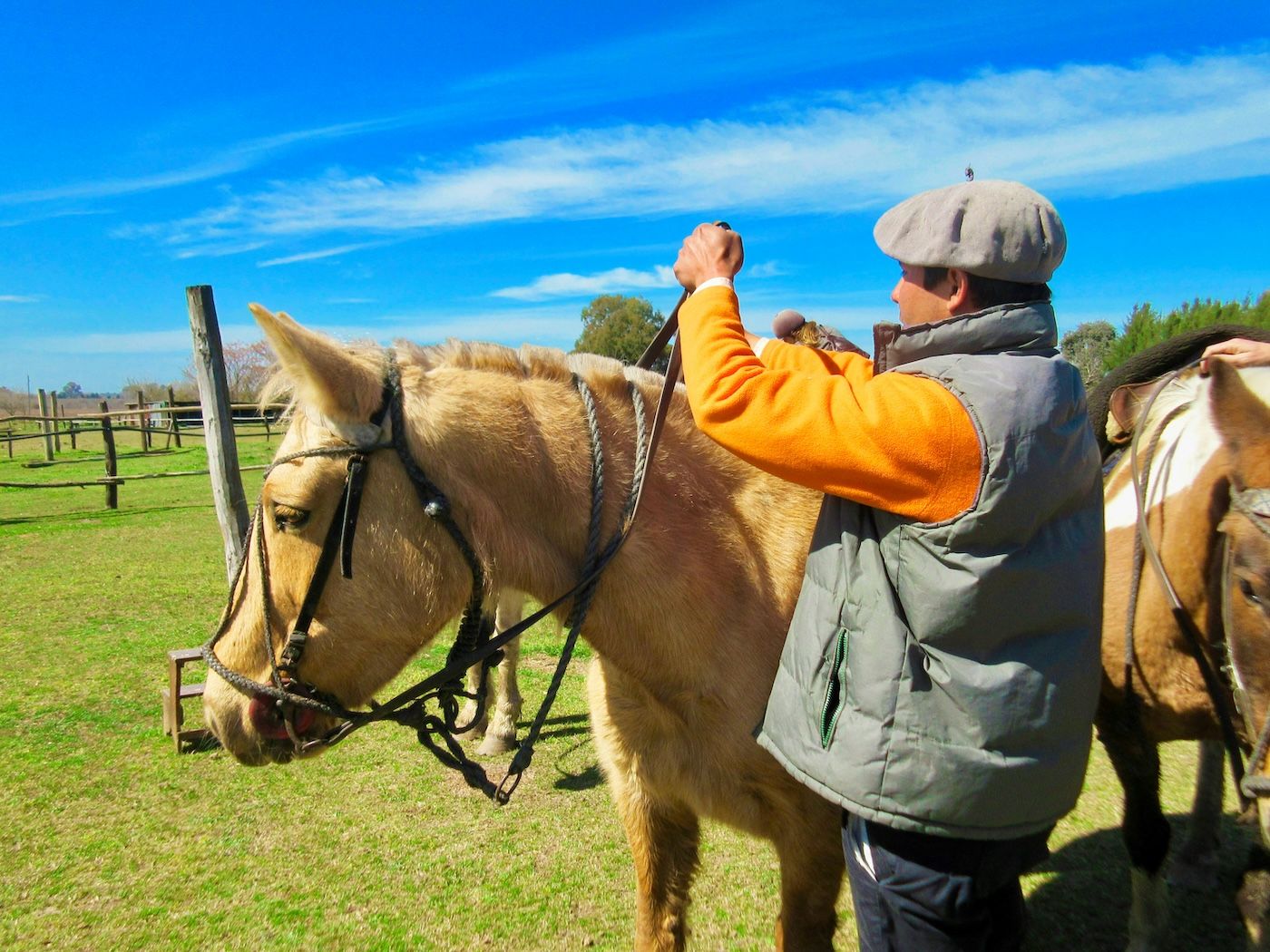
Today, gauchos integrate modern tools and technologies into their ranching practices, while remaining deeply rooted in ancestral knowledge. Their influence is preserved through tourism, folklore, national festivals, and a growing appreciation for their sustainable way of life. As the world increasingly values land stewardship and harmony with nature, the gaucho’s deep respect for the environment offers meaningful lessons.
Known for their hospitality, craftsmanship, and spiritual bond with the land, gauchos have transcended their rural origins to become iconic symbols of Argentina’s cultural soul.
Find out more about upcoming events in Doha and beyond, as part of the Qatar, Argentina and Chile 2025 Year of Culture.